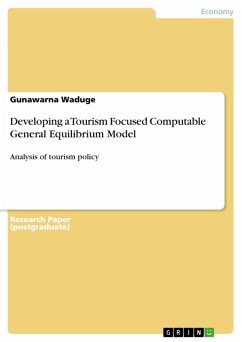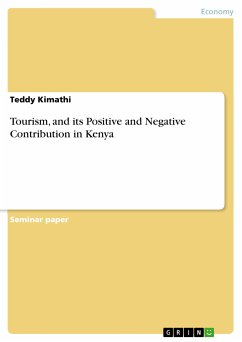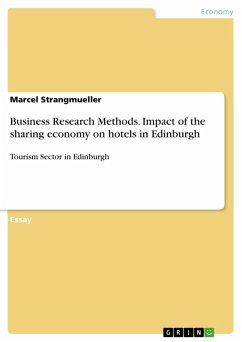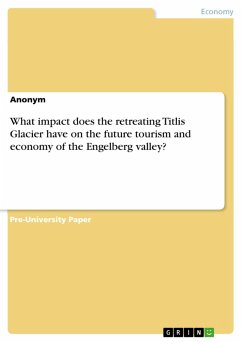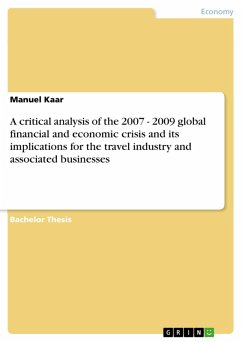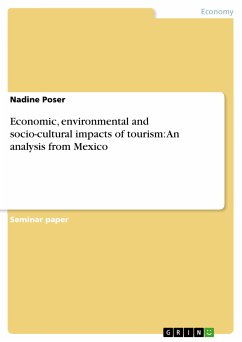Scientific Study from the year 2017 in the subject Tourism - Miscellaneous, University of Kelaniya, course: Economic Modelling, language: English, abstract: Measuring the contribution of tourism to a national economy has always been a frustrating exercise. Tourism does not have specific products. It represents the sum of expenditure by travellers for wide range of products. It is not possible to identify tourism as a single "industry" in the national accounts, its value to the economy is not readily revealed. As a result of the absence of tourism in official economic statistics, there is often an on-going battle to establish tourism credibility as an economic activity and generator of income in the economy. As a result, a significant volume of tourism research over the past few decades have focussed on the development and use of a variety of economic techniques aimed at quantifying the effects of tourism on an economy. In conventional literature has proven that Computable General Equilibrium (CGE) modelling is the best applied tool addressing and analysing tourism related issues in an economy. The paper provided a complete description of the theoretical structure of the CGE-Tourism including all equations and variables by using relevant Excerpts for different blocks of equations in the TABLO file associated with the GEMPACK software used to operationalise the model. The incorporation of tourism using the dummy sector approach into an ORANI type CGE model as an extension and can be considered as the main contribution of this study to the CGE modelling literature for An economy. This is a clear departure from the traditional methods used for tourism modelling in an economy. This model can be used to simulate the economic impact of the tourism boom in an economy.
Dieser Download kann aus rechtlichen Gründen nur mit Rechnungsadresse in A, B, BG, CY, CZ, D, DK, EW, E, FIN, F, GR, HR, H, IRL, I, LT, L, LR, M, NL, PL, P, R, S, SLO, SK ausgeliefert werden.



